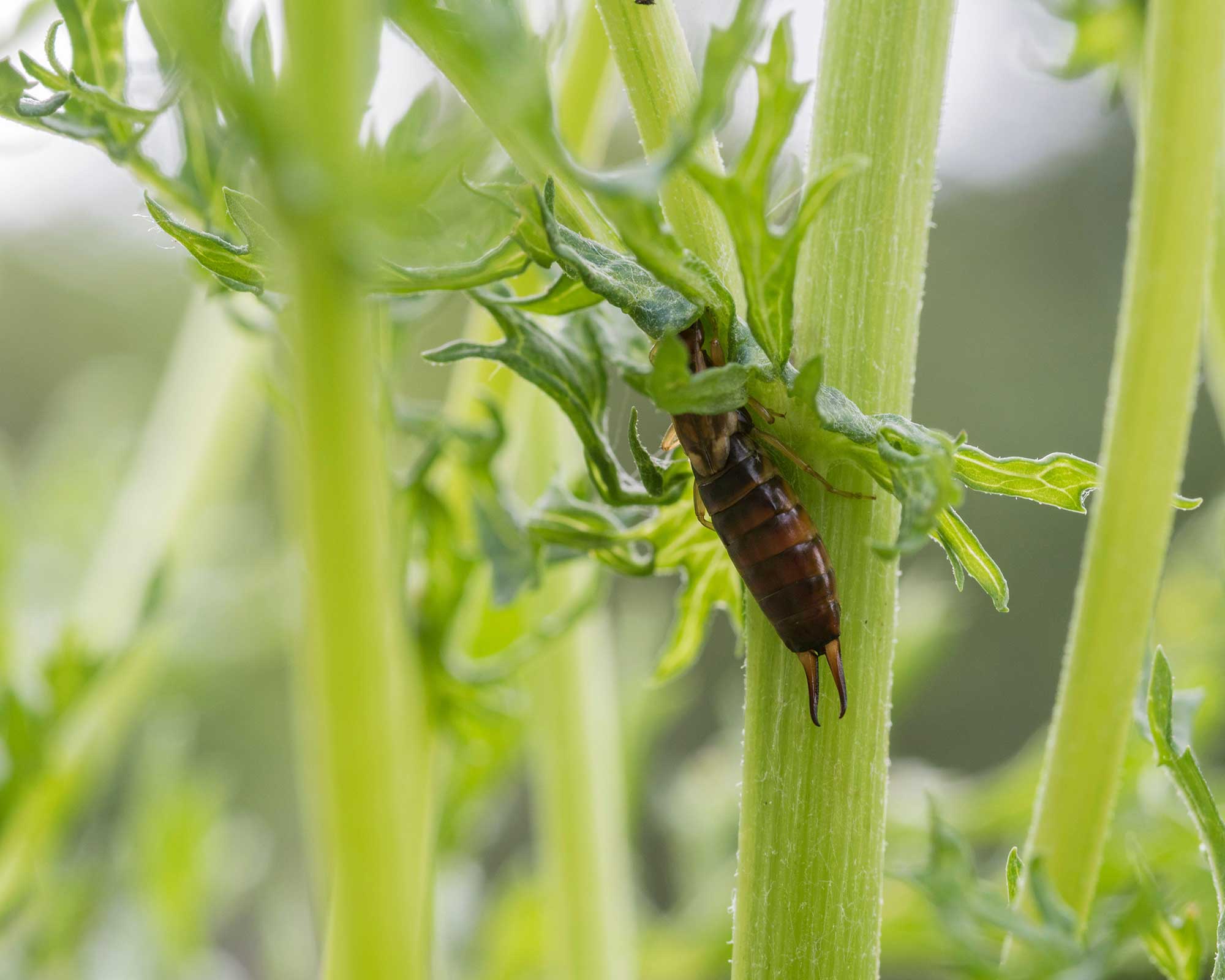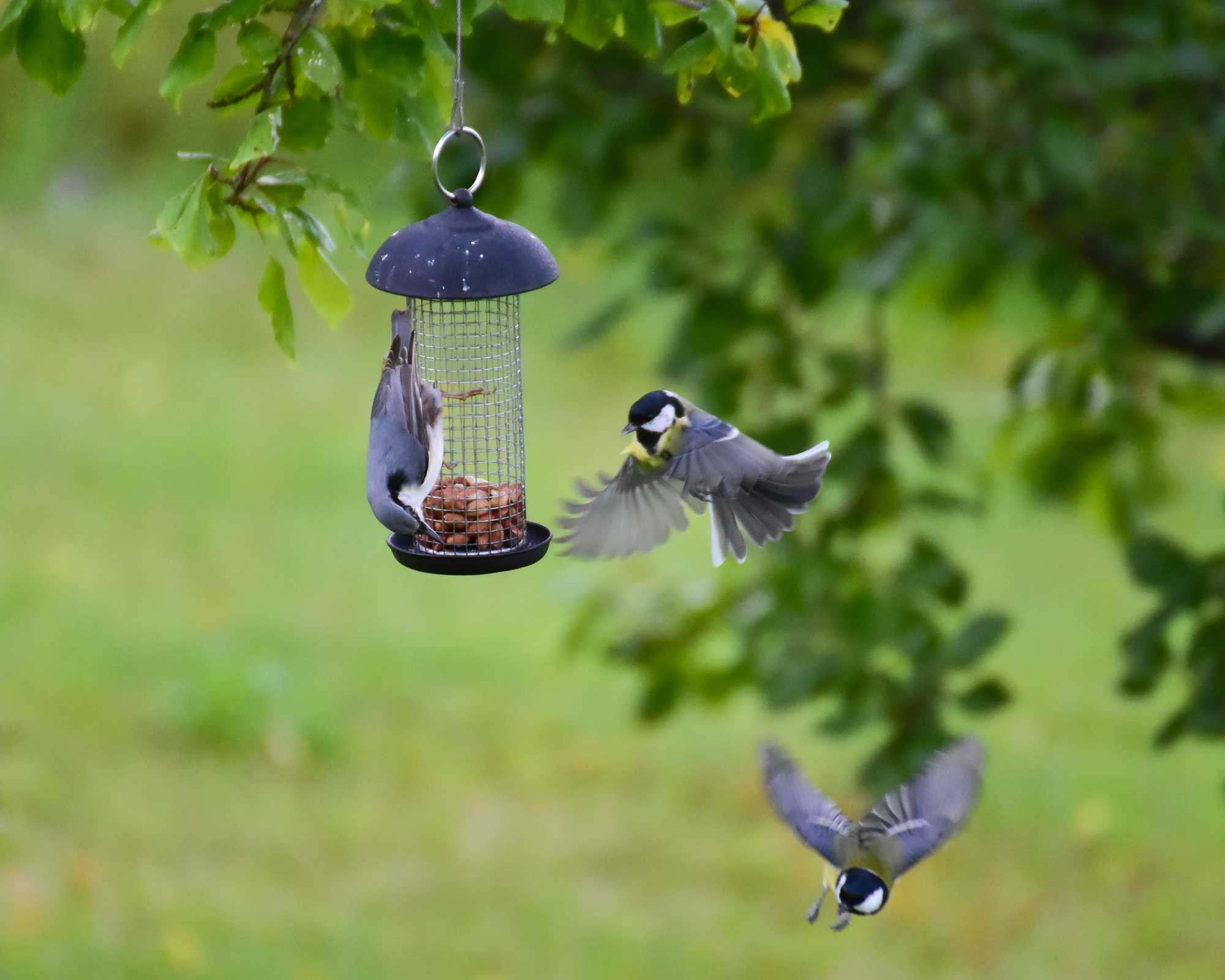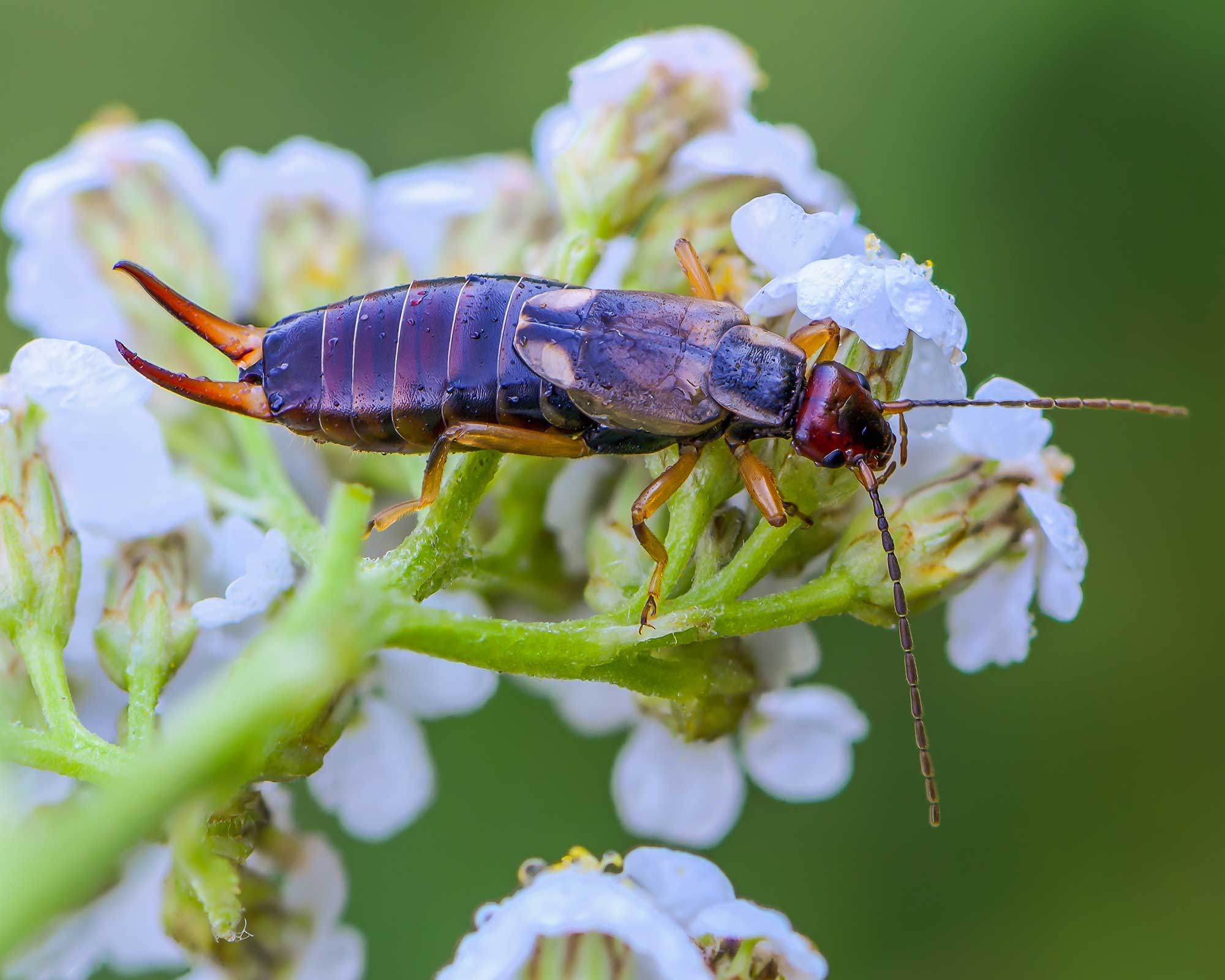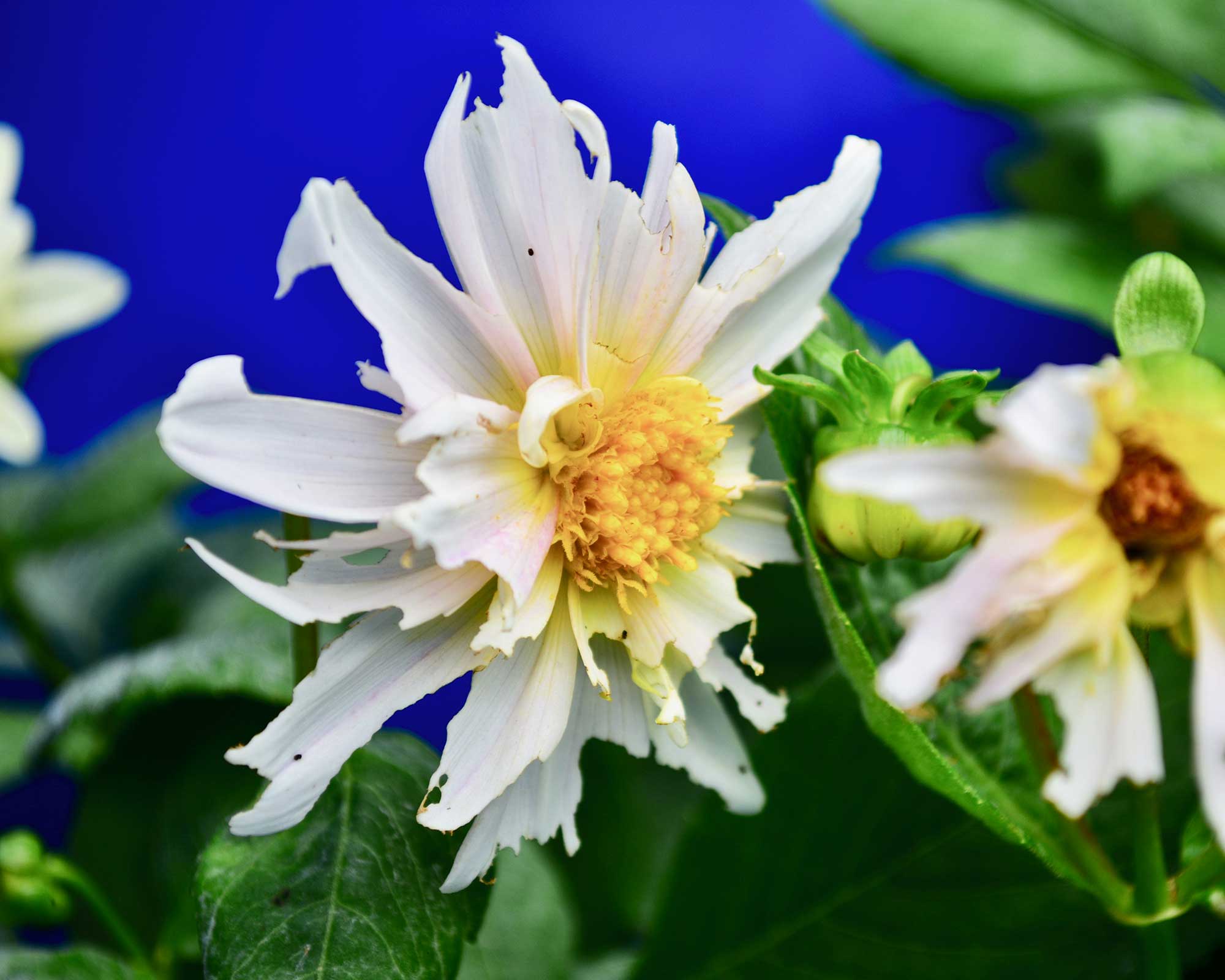How to get rid of earwigs: 5 ways to deter these pests from your garden plants
Our advice on how to get rid of earwigs will help keep your flowers safe


Knowing how to get rid of earwigs, otherwise known as pincher bugs, will come in handy if you want to protect your prized dahlias, chrysanthemums, and other plants from their nibbling.
Although these pests can be useful for getting rid of aphids on fruit trees, when they start feasting on your garden flowers and leafy crops, they can prove a pain. A nocturnal insect, they will happily chomp through petals and leaves, resulting in a tattered mess by morning.
But as with most backyard pests, there are a few ways to control them to keep your summer displays looking their best – and you don't necessarily have to reach for the pesticides.
Protect your flower with these tips on how to get rid of earwigs
Our tips on how to get rid of earwigs in the garden will help keep your blooms intact – especially if you combine them with our advice on how to get rid of slugs, too.
1. Smear plant stems with petroleum jelly
It may sound odd, but a top tip from Amateur Gardening expert John Negus is to 'guard against earwigs damaging flowers by smearing Vaseline around the stem base.'
The slippery surface makes it difficult for the pests to climb up the plants – meaning they can't get to the flowers and leaves to eat. It's simple and affordable, so worth a go in our books!

2. Capture earwigs in traps
Another simple method for how to get rid of pincher bugs is to lay traps. There are a few different types you can try.
One method is to fill a small bowl with soapy water and prop a flashlight nearby so it shines on it – the bugs will be drawn to the light and will subsequently drown.
Another option is to make oil traps. Mix together an equal amount of vegetable oil and soy sauce in a small, plastic container with a lid. Punch holes around the top of the container and put the lid on, then bury it so the holes are level with the ground. The earwigs will be attracted to the soy sauce and then the oil will stop them from getting out again.
Other traps can be as simple as upturned flower pots filled with straw or crumpled newspaper and propped up by a cane pushed through the drainage hole; dampened and rolled-up newspapers; and even lengths of garden hose. Simply check them each morning and tip any bugs into a bucket of soapy water.
You can also make different types of traps for getting rid of fruit flies – another nuisance pest.

3. Spray them with a homemade bug killer
Another natural and budget-friendly method for getting rid of pincher bugs is to concoct your own bug killer.
The simplest solution is a mix of water and a few drops of gentle dish soap. Spray affected plants to battle the interlopers, but do always do a patch test first to ensure it doesn't cause damage. This method is also good for getting rid of Japanese beetles.

4. Encourage more birds into your garden
Visiting feathered friends will happily prey on your resident earwigs, so learning how to attract birds into your garden can help keep numbers down.
Invest in one of the best bird feeders, provide a bird bath, or even plant some trees with berries to entice them. Watching them flutter to and fro is always a joy to any onlooker, too.

5. For severe infestations, opt for a pesticide
Although earwigs are best dealt with naturally, or simply tolerated (the RHS explains how they are part of the natural balance of a garden), severe infestations may call for stronger measures.
John recommends controlling invaders with Bug Clear Ultra (available on Amazon) – 'a systemic insecticide based on acetamiprid, which travels in the sap stream to protect the plant from within.'
There are plenty of other options available too, including organic contact pesticides containing natural pyrethrinrum. Just check that your chosen product lists pincher bugs on the label, ensure it's safe to use on edible crops if you plan to do so, and follow application and storage instructions carefully.

How can you identify earwigs in the garden?
Earwigs are about half an inch in length and brown, made distinctive by the pincers on their rear end.
They are nocturnal, so you'll have to venture out into your garden with a torch to spot them in your flower beds.
They are commonly seen on chrysanthemums, clematis, roses, and dahlias, but can also feast on other ornamental plants. Your raised garden beds may not be safe either in terms of tender greens, such as lettuces.
As the RHS says, flowers and younger leaves can be eaten, while older foliage can be reduced to a mere network of veins. The damage looks similar to that of slugs and snails, but without the telltale slimy trails that those pests leave behind.

Are earwigs harmful to humans?
Those fierce-looking pincers can indeed be used to pinch human skin for self-defense, and these insects can also bite, although they rarely do. Both, however, are only mildly painful and generally won't have any long-term effects – perhaps just a bit of redness and swelling.
Healthline explains that they are not venomous and you shouldn't be able to see any puncture wounds, unlike mosquito bites (you can find out how to get rid of mosquitoes in our guide). Still, it's best to avoid handling them.

The garden was always a big part of Holly's life growing up, as was the surrounding New Forest where she lived. Her appreciation for the great outdoors has only grown since then. She's been an allotment keeper, a professional gardener, and a botanical illustrator – plants are her passion.
